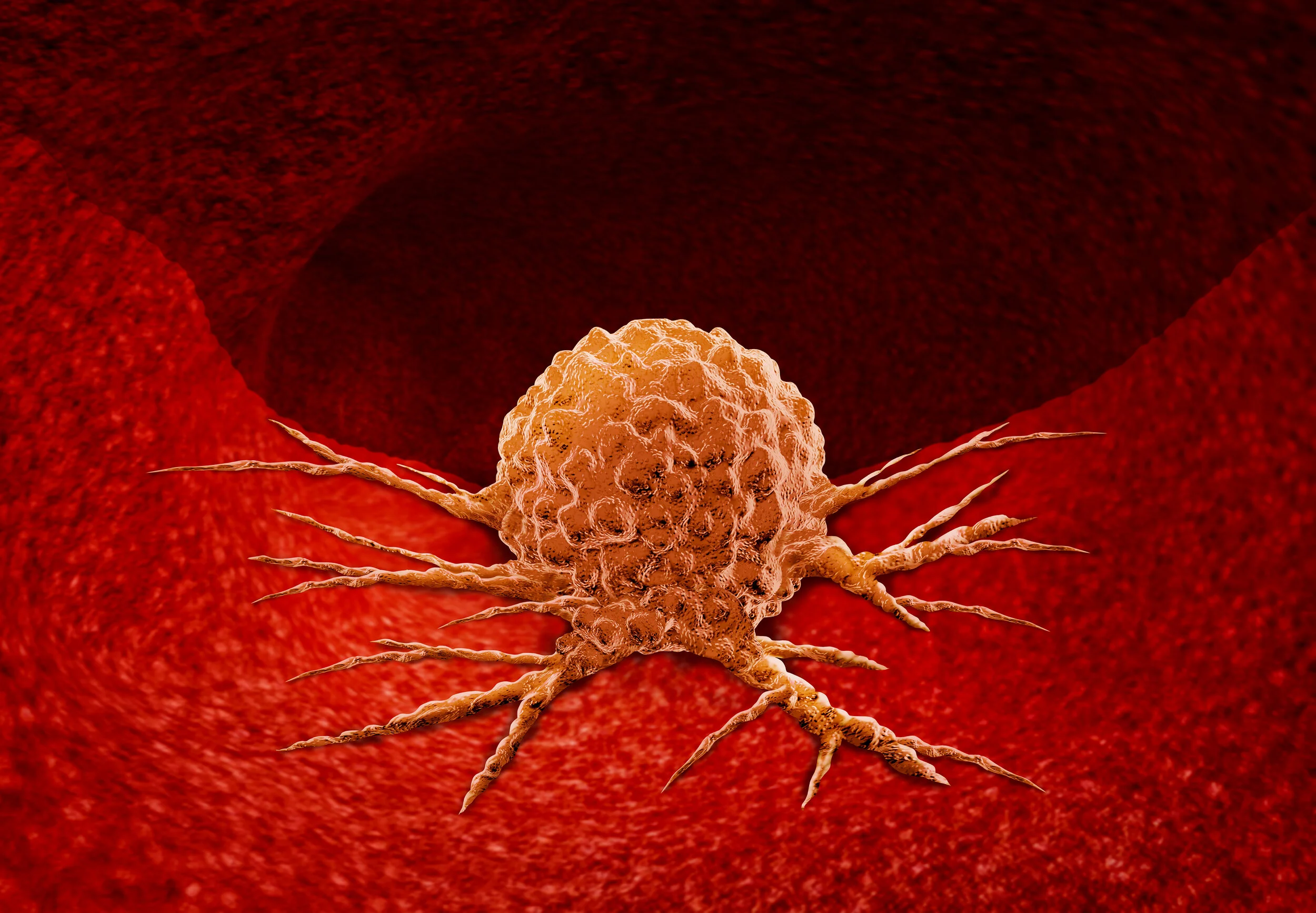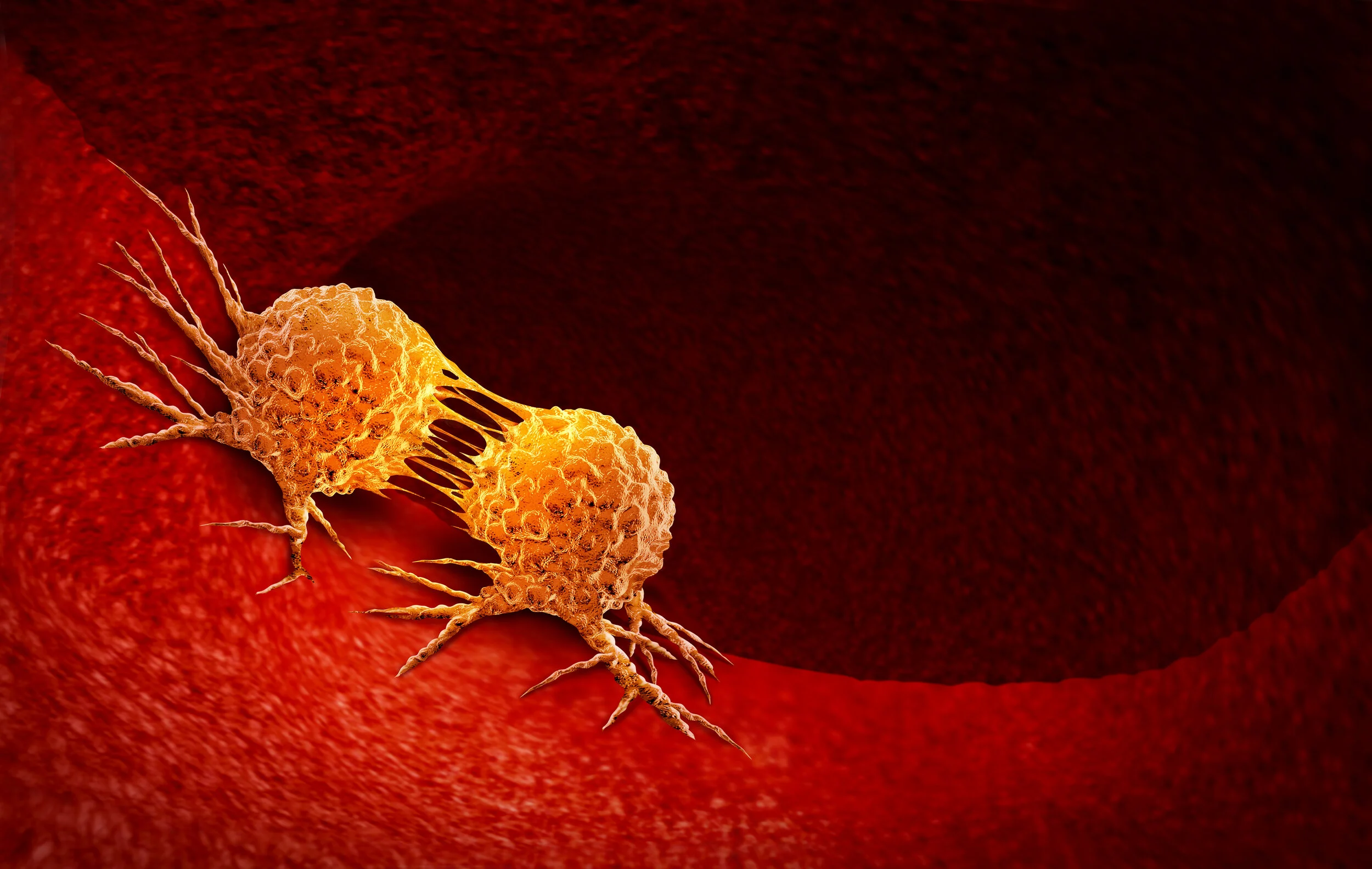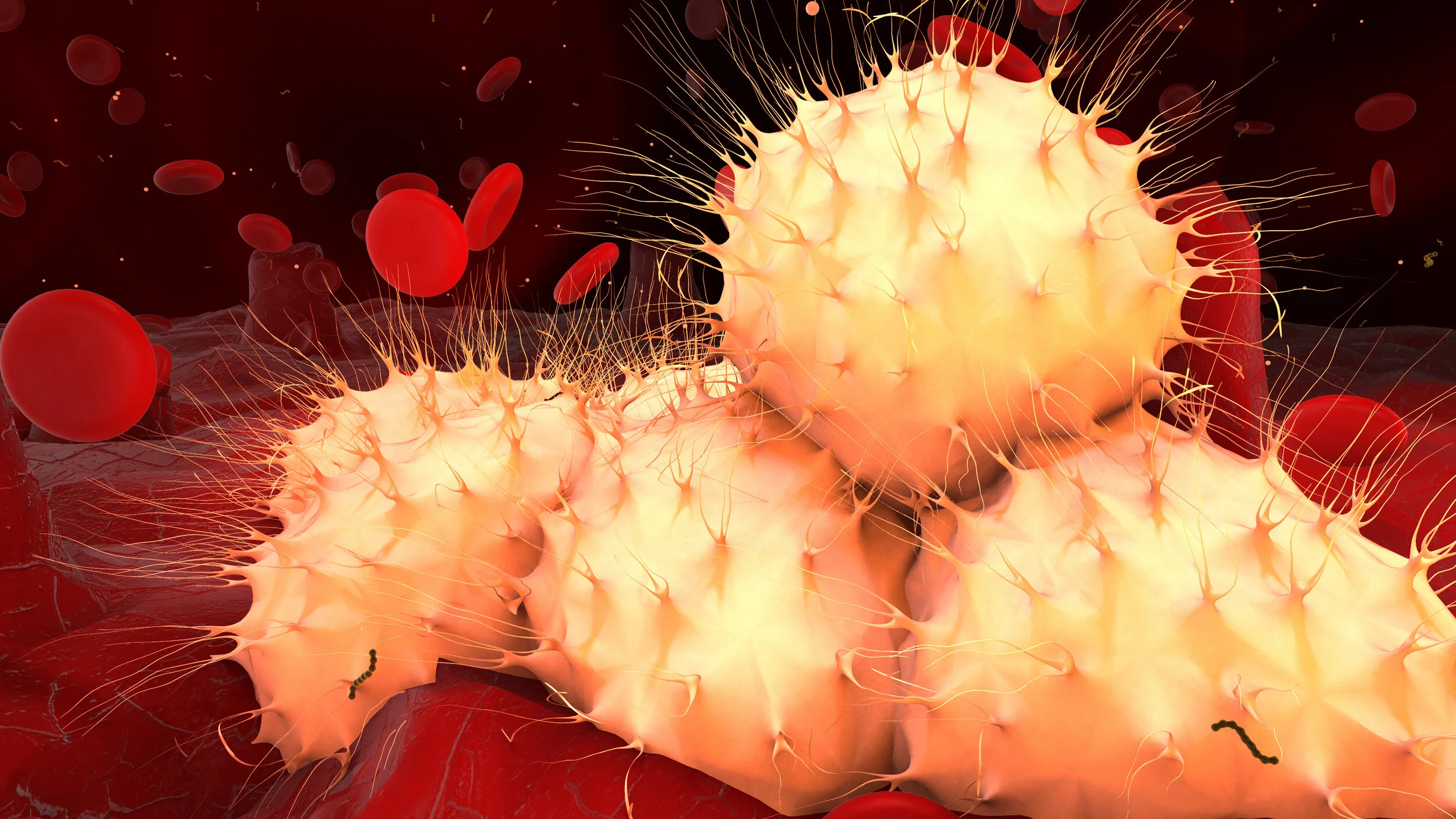Dr James Thompson is an experienced robotic, laparoscopic, endoscopic and open urological surgeon. He has sub-specialty training in (and passion for) the treatment of prostate, bladder and kidney cancer using the latest robotic surgery techniques and for high-impact cancer research that has the ability to immediately improve quality of life and cancer cure rates for the community.
Are all prostate cancers the same?
Not all prostate cancers are the same. Many grow slowly and require no treatment at all, ever. Others are aggressive and require urgent treatment.
When cancer is contained to the prostate (i.e. has not spread), then in order to select the best treatment and give an accurate prognosis, we divide men into 4 risk groups: low, intermediate, high-risk or metastatic. This refers to the ‘risk’ of a man’s cancer causing harm if left untreated and his risk of the cancer recurring (coming back) if he does undergo treatment now.
Unfortunately, men are sometimes diagnosed at a stage where their cancer has already spread (known as ‘metastatic’ by health professionals), but the good news is that using a combination of hormone therapy, chemotherapy and radiotherapy these men can still live for many years.
lOW rISk
To qualify for inclusion in the most favourable ‘low’-risk group, men must meet ALL the following criteria:
A low PSA (less than 10ng/mL);
AND
A normal prostate or a small lump (cT2a) on examination (DRE);
AND
Low grade on biopsy (Gleason 3+3 = 6, i.e. ISUP grade group 1 out of 5)
Intermediate risK
To be in this ‘middle’ group, men must meet ANY of the following criteria:
PSA 10-20 ng/mL;
OR
A larger but contained lump on examination (cT2b);
OR
Gleason sum 7, i.e. ISUP grade group 2 or 3 out of 5;
High RISk
To be in this ‘high’ risk group, men must meet ANY of the following criteria:
PSA above 20 ng/mL;
OR
A lump on both sides or growing outside the prostate (cT2c or T3/4);
OR
Gleason sum 8-10, i.e. ISUP grade group 4 or 5 out of 5.
Metastatic
To be in this group, men have any of the following criteria:
Definite spread into lymph nodes
OR
Spread to a small number of other sites e.g. pelvic bones, vertebra, ribs, other bones, liver, lungs\
If there are only 1-5 ‘spots’ of cancer outside the prostate on scans, this is known as ‘oligometastatic’
If there are more than 5 spots, this is known as ‘poly-metastatic’.
PROSTATE CANCER TREATMENT OPTIONS
If you or a loved one have been diagnosed with prostate cancer, the first and most important thing I want to do is to reassure you that most cases of prostate cancer are curable, that it is usually a slow moving cancer that progresses over years , not days or weeks, and that there are a huge number of treatment options so we can tailor a personalised treatment to you that best fits your individual cancer and your overall needs and priorities.
The first steps in selecting and tailoring the best treatment option are a whole body PSMA-PET scan to check the stage of the cancer, detailed assessment of symptoms, urinary and sexual function and medical history and examination of the prostate, then review of the MRI and biopsy results.
Then with all this information we can weigh up the pros and cons of each treatment which includes active surveillance (observation), robotic or open surgery to remove the prostate, radiotherapy (x ray therapy), focal therapy, hormone therapy and/ or chemotherapy.
In general, if the cancer is low grade (slow growing) and small, either grade group 1 (previously called Gleason 6) or some in grade group 2 (Gleason 7) then you may be suitable for close observation (known as active surveillance) which allows us to avoid the risks and side effects on quality of life from surgery, whilst keeping a close eye on you via regular MRI scans, PSA blood tests and occasional biopsies, such that we can still treat the cancer early in future, if it becomes larger or higher grade.
If the cancer is of a higher grade but remains contained to the prostate and you are under 75years and in good health, then usually surgery to remove the prostate is the preferred choice.
If the cancer has started to grow beyond the edge of the prostate into surrounding areas such as the seminal vesicles, nerves, bladder, rectum or lymph nodes or there are a couple of distant spots in the bones, then radiotherapy combined with hormone therapy is likely a better option as surgery is unable to completely remove the rumour.
Some older men also choose radiotherapy due to a complex medical history that would mean a high risk of complications with surgery, or because they choose to avoid the slightly higher risk of incontinence or weakness of erections with surgery. On the other hand, men aged under 60 years or with urinary symptoms or bowel problems are generally unsuitable for radiotherapy.
A small number of men with a small grade 2 cancer in one small part of the prostate on mri and biopsy may be suitable for a new but still somewhat experimental treatment called focal therapy or ablation, where we use special electrical energy to destroy the cancer in one part of the gland, whilst sparing the rest of the prostate gland and thus avoiding the need for surgery or radiotherapy.
Finally, if in rare cases the cancer has already spread to several areas such as the bones and lymph nodes, then a combination of hormone therapy and chemotherapy can shrink the cancer and often keep it in remission for many years. We also have exciting clinical trials into new therapies such as next-generation hormone therapies, immunotherapies and PSMA- targeted therapies.
Choosing the best treatment for you requires a urologist to take the time in multiple consultations to weigh up the pros and cons of each treatment with regards to your specific circumstances, and often to see a radiation and/ or medical oncologist or seek a second opinion from another urologist too. I am happy to provide an independent second opinion for men who wish to be sure before choosing their treatment.
useful Resources
Prostate Cancer Foundation of Australia - https://www.prostate.org.au/
NSW Cancer Council - https://www.cancercouncil.com.au/
Urological Society of Australia and New Zealand - https://www.usanz.org.au/
European Association of Urology - https://uroweb.org/
British Association of Urological Surgeons - https://www.baus.org.uk/
American Urological Association - https://www.auanet.org/
National Comprehensive Cancer Network (USA) https://www.nccn.org




